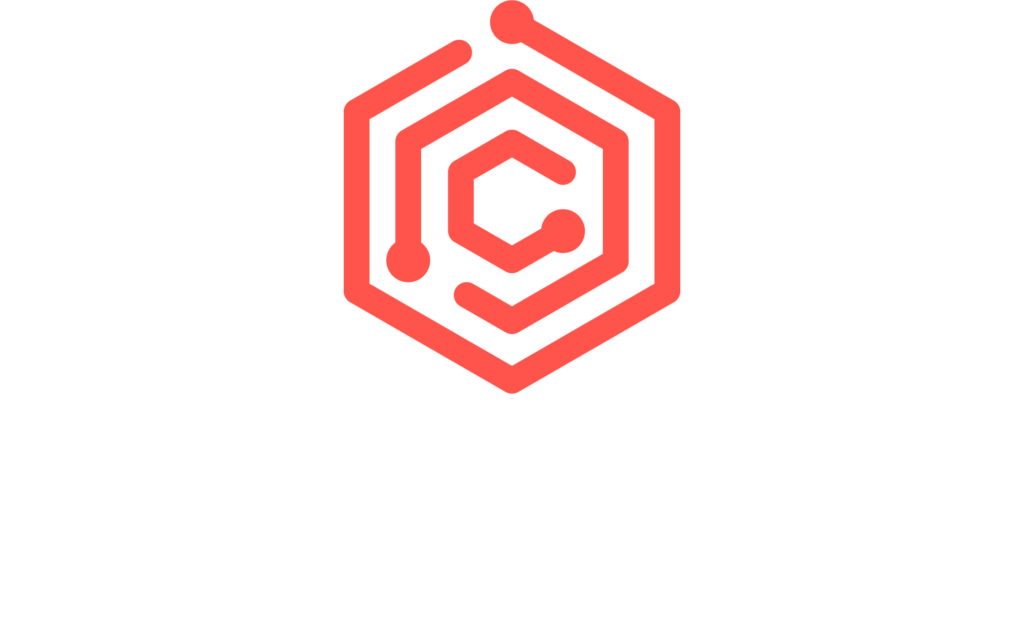Citizen Science approaches have been used for years to engage the public through participatory, scientific projects, outside of a formal setting. In fact, in the 19th century, the majority of ecological research was conducted by volunteers. Initially, citizen engagement was used in an attempt to “democratize” science. However, factors such as educational reform, decreasing budgets, and increased emphasis on testing and achievement, resulted in a reduction of the diversity of activities and experiences for both teachers and students. Engaging students via citizen science projects provided an alternative, allowing them to gain experience outside of the curriculum, and to make informed choices that “make a difference.” Research has shown that students and the general public are self-motivated to participate, especially if they have a clear view of the benefits and the societal impact the project will have. They are especially motivated when their contribution is acknowledged since they feel that their values and needs are taken into account in science and technological progress, which is also one of the “10 principles of citizen science.”
Inspired by the vision of bringing state-of-the-art research projects to the public, Protea embraces the citizen science approach in an effort to engage everyone in answering questions about the human relationship with technology. Please find a list of projects that are currently open for participation [here – link]. As the Protea team grows, we hope to continue to add to the collection of projects as well as to share with you the insights gleaned from the efforts of citizen scientists.
1 Miller-Rushing, A., Primack, R., Bonney, R., (2012). The history of public participation in ecological research, Frontiers in Ecology and the Environment, 8 (6), 285 – 290.
2 Paul Feyerabend (1982). Science in a free society. London: New Left Books. ISBN 978-0-86091-753-3
3 Giroux, H., 1995. Educational visions: What are schools for and what should we be doing in the name of education. Thirteen questions, pp.295-302.



